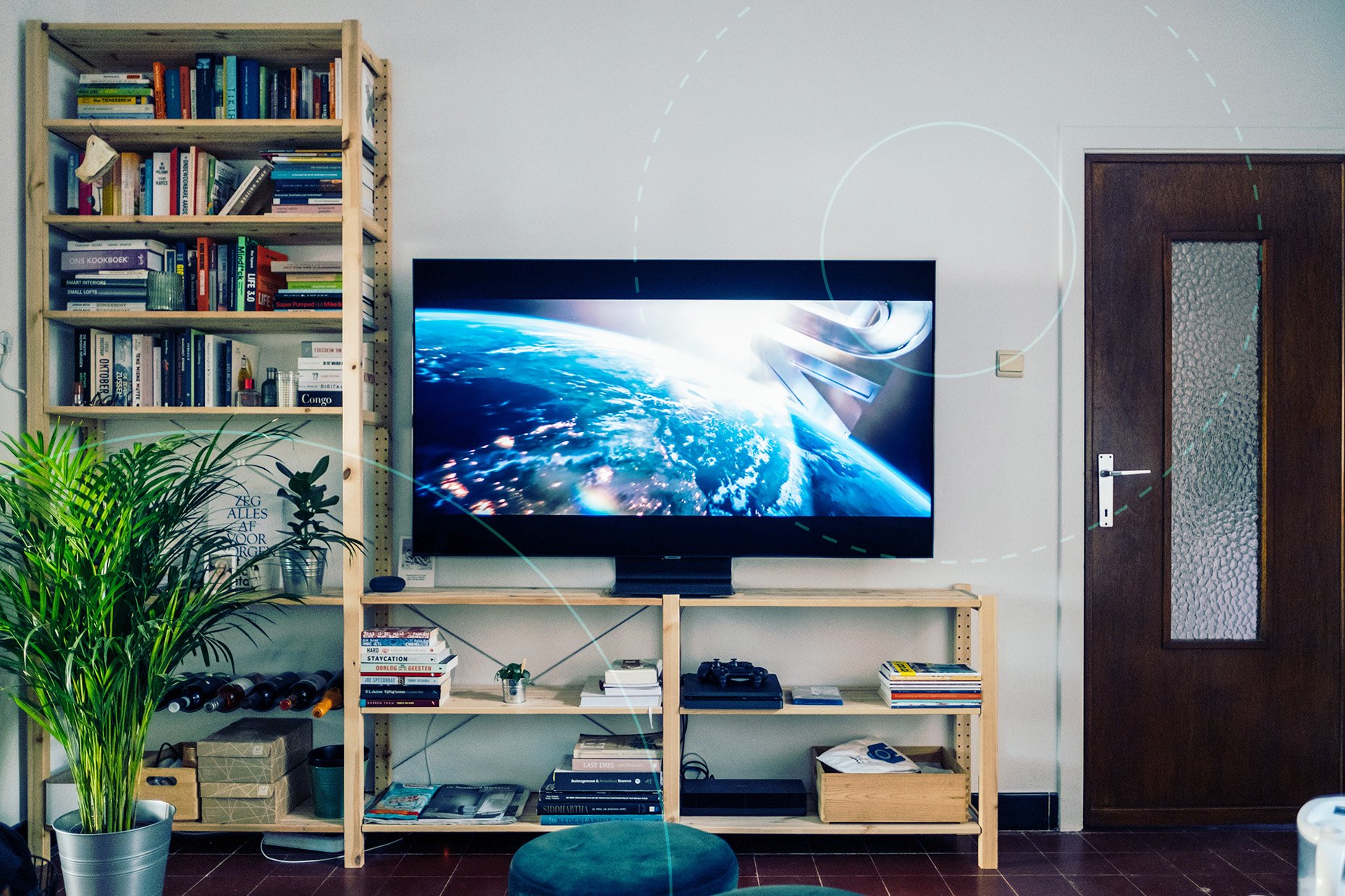An informative and helpful article filled with tips and tricks that answers the question: What is customer acquisition?
Everything you need to know about acquiring customers and growing your business
Customers are the lifeblood of your business. Acquiring them — and keeping them happy — is an interdisciplinary process that involves sales, marketing, customer service, and more. And in recent years, the cost of that process has gone up.
Due to increased competition and saturation of most major marketing channels, customer acquisition costs (CAC) are up an estimated 60% over the past five years. To understand why and to begin to affect positive customer acquisition outcomes, it helps to understand the answer to the question: What is customer acquisition?
Discover strategies, metrics, examples and more with Customer Acquisition: A Practical Guide.
What is Customer Acquisition?
Customer acquisition is the process of identifying, attracting, and converting an abstract target market into real paying customers. While customer acquisition has always been a critical component of any business, in an age of digital and direct-to-consumer (DTC) brands, customer acquisition is rapidly evolving. But first of all, how does customer acquisition work?
Customer acquisition generally involves four stages, collectively representing the customer acquisition funnel. That’s how a person goes from knowing nothing about your brand to becoming a loyal customer. How you guide that person through the funnel is your customer acquisition strategy. The four stages are:
- Awareness: This is the first stage of the buyer’s journey, where a person is introduced to your brand and gains a general awareness of what you do. At this stage, you are simply giving information to the potential customer. Think of this as your opportunity to introduce yourself and make a good first impression, taking your business from an unknown to a known.
- Consideration: At this stage of the buyer’s journey, a person is considering making a purchase and is comparing your brand to others that provide the same service. Here, a potential customer wants to know more detailed information about your brand and how it can help them solve their specific problem. What problems does your brand solve, and how might it help specific people? And how does your service differ from others?
- Conversion: A person at this stage has decided they are ready to make a purchase and is actively considering your brand. This is where you can start to ask for more direct action, like signing up for a subscription, completing an e-commerce checkout, or installing an app.
- Loyalty: Congratulations! You have sealed the deal and locked in a customer. The task now is to retain them, upsell them, and turn them into brand ambassadors. You do this by continuing to appeal to their interests and reinforcing the strengths that led them to purchase from your brand in the first place.
The customer acquisition funnel is so named because it takes a large pool of potential customers and guides them through the process of self-selecting into a smaller pool of paying customers. Along the way, they can be exposed to content, ad campaigns, and other touchpoints from your brand, ideally giving them the exact information they need at the appropriate stages of the funnel.
It’s worth noting that many “traditional” customer acquisition platforms are on the decline. Over the past two decades, magazine and newspaper advertising have been down 40.5% and 52%, respectively, and linear TV is also dropping. What’s replacing them is connected TV (CTV). While the linear TV ad spend is expected to decline from $61.31 billion in 2023 to $56.83 billion in 2027, the CTV ad spend will increase from $25.09 billion to $40.90 billion.
If you are looking to go where the customers are, CTV is where you should be. tvScientific offers precise targeting, real-time analytics and industry-leading customer segmentation tools. To learn more about how tvScientific can help drive your digital customer acquisition, read our CTV Advertising Playbook.
Customer Acquisition Metrics
Customer acquisition is a science and, like any good science, comes with its own vocabulary. Here are some terms you might want to know to help measure and understand your customer acquisition process.
What is Customer Acquisition Cost?
Customer acquisition cost (CAC) is the total cost of converting a lead into a paying customer. When you add up the costs of every step in your marketing strategy, every stage of the customer acquisition funnel, including ads, lead generation, and any specialized equipment you may acquire to convince potential customers to purchase your product, that’s CAC.
What is a good customer acquisition cost? CACs may vary wildly by industry. A clothing brand will have a lower CAC than a 6-figure enterprise SaaS contract. But ideally, your CAC will be as low as possible. It should be at least lower than what you can potentially earn from a new customer. If your CAC is higher than what you could earn from a new customer, either your prices are too low or your marketing costs are too high.
Either way, knowing how much you can potentially earn from a customer is valuable information. That brings us to our next term.
Customer Lifetime Value (CLTV)
Customer lifetime value (CLTV) is the total you can potentially earn from a customer over the lifetime of their association with your brand. You calculate CLTV by summing the total revenue that an individual customer generates for your business over the entirety of their relationship with it.
Average lifetime value (LTV) is the average of CLTV for the total number of your actual or expected customers. It’s a representative number, signifying the value of your customer base.
You want your average LTV to be as high as possible. If your CAC is higher than your average LTV, your customer acquisition funnel is inefficient, and you should assess what you could do less expensively or to acquire higher-paying customers
Churn Rate
Your brand isn’t going to be for everyone, and not everyone who decides to buy from your brand will remain a loyal customer. Churn rate is the measurement of how many customers you have lost over a period of time, for example, one month.
This can mean different things for different businesses. For subscription-based businesses, churn rate is the number of subscribers who cancel their subscriptions. For free-to-play games, it’s the number of players who stop playing after a certain time. To calculate churn rate, you simply measure how many customers you lost in a time period divided by the total number of customers you started with in that same time period. The result is your time-bound churn rate.
It’s important to measure churn to know how many customers you’re losing and how many you will need to replace them with. This can also be an effective tool for measuring the effectiveness of your customer retention efforts.
Helpful Customer Acquisition Examples and Strategies
A good customer acquisition plan will utilize a variety of strategies. Here are a few tips that you can use to boost your business.
Invest in Your Website
Your company’s website is an opportunity to make a great first impression with a potential customer. It is often their first experience with your brand and a place to which you will want to drive leads from your other marketing materials.
As such, you want to make sure your website is serving the needs of your customer. What do they want to hear from you at different stages of the buyer’s journey? Think about the user experience with your website and the feelings it will inspire in your potential customer.
Here are how different web assets can help at the different stages in the customer acquisition funnel:
- Blog: This is a great top-of-funnel web asset. Blogs help with awareness and brand recognition, helping build trust in your brand.
- Pricing pages: Static marketing pages like pricing pages are helpful for the consideration stage of the customer acquisition funnel. This is where you can lean into the differences between your offering and that of your competitors.
- Checkout: A well-optimized checkout experience is essential for e-commerce sites. Consider the UI from your customer’s perspective. Is the checkout streamlined and easy to use? Are you offering an upsell?
In many ways, a good website can be as valuable as a salesperson. At the very least, it can help answer a customer’s questions and drive them further down the customer acquisition funnel.
Optimize for Search Engines
Search remains one of the leading ways potential customers discover businesses. Roughly 44% of customers will use search engines to find information about a business, and 45% are likely to visit a physical location after learning more about a business online.
Search Engine Optimization (SEO) can help your business appear higher on search pages and make it more likely to be discovered by people searching for specific terms. However, it is never a one-and-done process, as SEO best practices change over time.
There are two basic types of search queries:
- Branded search queries: This is where people use search to find your business by its brand name.
- Non-branded search queries: This type of query involves people searching for things using plain language, like “stainless steel water bottles” or “best mobile RPGs.”
Learning effective SEO strategies or working with a dedicated agency with a proven SEO track record can greatly boost your customer acquisition.
Offer Discounts and Demos
The old adage “try before you buy” applies even in today’s digital age. Offering discounts or demos allows customers to try your service before committing to the full price and allows you to pull them deeper into your customer acquisition funnel. Once there, you can impress them with the quality of your offering and further enhance their understanding of your brand. This can turn even a hesitant lead into a loyal customer.
Embrace Content Marketing
One key to acquiring customers is building trust. According to Inc., a whopping 96% of consumers don’t trust advertising. That’s where content marketing comes in. A reported 84% of online buyers have bought products after reading a company’s blog.
Content marketing can help you build trust by providing potential customers with a river of free content about your business, your industry, or your beliefs. Your content can be about anything, but it helps to be genuine, so make it something you know well. In addition to blogs, social media is also an effective content marketing tool, with approximately 4.89 billion social media users worldwide in 2023.
Through your content marketing, potential customers learn more about how you do what you do and come to rely on you as a valued source of information. This builds trust, which can go a long way to converting leads into customers. Just be sure to include calls to action (CTAs) in your content directing customers to a demo, download, or the next stage in the customer acquisition funnel.
Utilize CTV Advertising
Connected TV (CTV) is increasingly effective at reaching customers. It was estimated in 2022 that 92% of U.S. households were reachable via CTV, and that 82% of DTC shoppers took action after seeing a CTV or over-the-top (OTT) ad.
The reason is simple: More people are watching CTV. CTV ownership is growing, and OTT is becoming one of the primary ways people consume entertainment content. Market penetration of OTT content is expected to hit 85% in 2023 and 90% by 2027.
Customer acquisition can be made easy with clear metrics and useful tools. tvScientific’s real-time reporting, powerful attribution capabilities, and automated optimization empower you to optimize your marketing strategies and generate positive results. For more information about how tvScientific can help you, reach out today.







